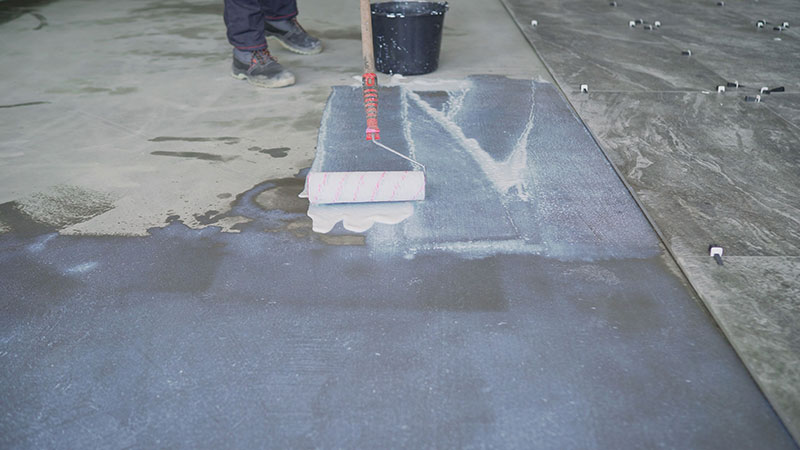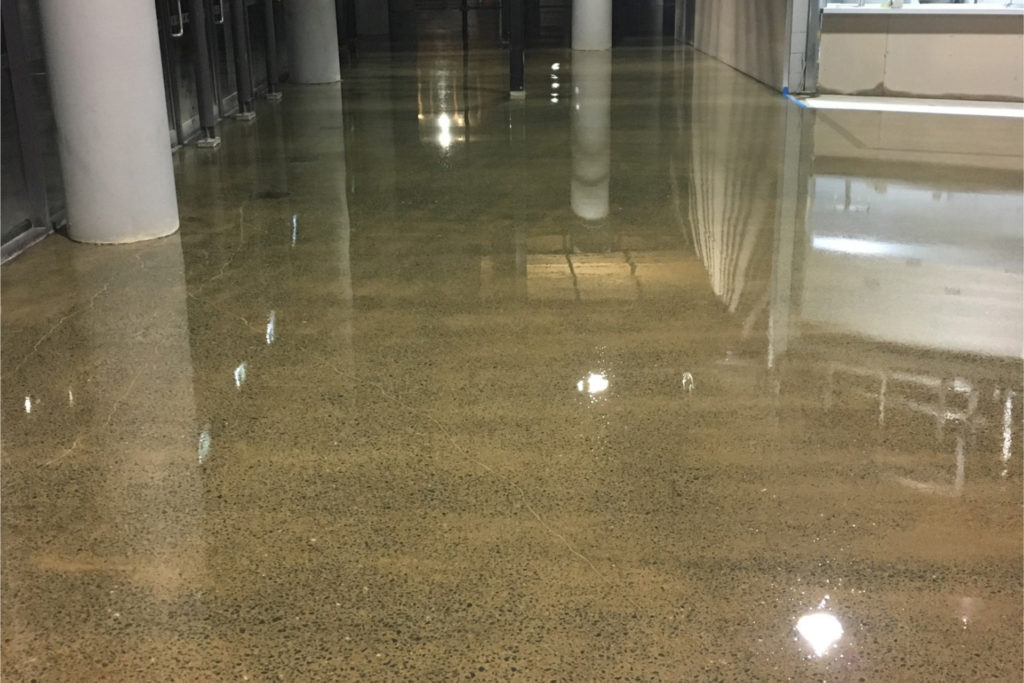Unlocking the Secrets of Reliable Concrete Sealing: A Step-by-Step Refine for Lasting Security
Are you tired of your concrete surface areas degrading and losing their allure? Look no more! In this post, we will certainly unlock the secrets of effective concrete sealing, offering you with a step-by-step procedure for long-term protection. You will find out exactly how to analyze the problem of your concrete, prepare the surface, select the ideal sealant, apply it appropriately, and keep your concrete for lasting results. Bid farewell to fractured and damaged concrete-- it's time to provide it the protection it should have!
Evaluating the Problem of Your Concrete
Prior to you begin the process of securing your concrete, you need to examine its existing problem. Start by analyzing the surface of the concrete for any type of noticeable damages such as splits, chips, or spalling. Take note of any kind of oil stains, oil marks, or various other impurities that may be existing on the surface.
Make use of a wetness meter to determine if the concrete is also damp for sealing. If the moisture degrees are too high, it is essential to enable the concrete to completely dry completely before continuing with the securing procedure.

Preparing the Surface for Sealing
To correctly prepare the surface area for securing, start by extensively cleaning and eliminating any kind of contaminants existing on the concrete. This action is important to make certain proper adhesion of the sealer and optimize its performance.
After cleansing, it is vital to eliminate any existing sealants or layers that may be existing on the concrete. This can be done making use of a chemical pole dancer specifically made for concrete surfaces (Brentwood Concrete Sealing).
When the surface area is tidy and totally free from contaminants, it is essential to enable it to dry totally prior to using the sealer. Wetness can hinder the sealant's capacity to bond correctly and might cause early failure. Depending on the climate condition and the porosity of the concrete, drying out time can differ. It is suggested to wait a minimum of 24-48 hours prior to applying the sealer.
Selecting the Right Sealant for Your Concrete
You ought to think about the details needs of your concrete when selecting the proper sealant. Not all sealers are created equal, and different kinds of concrete call for different types of sealants to ensure effective defense. By thinking about these variables, you can choose the ideal sealant for your concrete and guarantee durable security.
Using the Sealant to Your Concrete
To start using the sealant to your concrete, make certain you have actually collected all the essential products and devices. You will certainly require a top quality concrete sealer, a paint roller or sprayer, a paint tray, a paintbrush, a broom or brush for cleaning the surface, and safety gear such as gloves and goggles. Comply with these steps for a successful application. once you have every little thing all set.
First, prepare the concrete surface area by cleaning it thoroughly. Brush up away any kind of particles, dirt, or dust and utilize a brush to eliminate persistent spots or deposit. It is crucial to have a clean and completely dry surface before applying the sealant.
Next, put the sealer right into the paint tray and dip your roller or sprayer into it. Begin applying the sealer evenly throughout the concrete surface, operating in little areas. Use a brush to get to corners and sides that the roller or sprayer may miss out on.
Make certain to apply the sealant in thin layers to stay clear of puddling or irregular protection. Mccoys Concrete Sealing Brentwood Maintain it at a constant distance from the surface area to make certain an even application. if utilizing a sprayer.
Allow the sealant to completely dry completely before using added coats. This typically takes about 24 hours, yet describe the producer's instructions for specific drying times.
As soon as the sealer is dry, check the surface for any missed areas or locations that require touch-ups. Apply additional layers if essential, following the very same procedure as before.
Keep in mind to dispose of any kind of leftover sealer and tidy your tools effectively after use. Correct application and maintenance of the sealant will certainly guarantee durable security for your concrete.
Maintaining and Re-Sealing Your Concrete
Appropriate maintenance and re-sealing are essential for maintaining the durability of your concrete. Normal upkeep helps to stop damages and degeneration, while re-sealing ensures that your concrete continues to be safeguarded and looking its best. Here is a step-by-step guide to keeping and re-sealing your concrete.
First, it is crucial to routinely clean your concrete. Sweep away any kind of particles or dirt, and use a light cleaning agent and water to remove discolorations or spills. Stay clear of using extreme chemicals that can harm the sealer.
Next, check your concrete for any type of splits or damages. Immediately fix any splits making use of an ideal concrete fixing item. This will avoid water from seeping right into the splits and creating more damages.

After using the sealer, allow it to completely dry completely prior to allowing foot or automobile traffic. This might take a number of hours and even days, depending upon the kind of sealer used.

Final Thought
In verdict, sealing your concrete is an essential action in securing it from damage and ensuring its long life. By evaluating the problem of your concrete, preparing the surface, choosing the ideal sealant, and using it appropriately, you can achieve lasting defense.
You will certainly learn just how to evaluate the problem of your concrete, prepare the surface area, select the ideal sealer, apply it properly, and maintain your concrete for durable results. Not all sealers are developed equal, and different kinds of concrete call for different types of sealers to make sure reliable defense. Start applying the sealer uniformly across the concrete surface, working in little sections. Select a top quality concrete sealer that is suitable with your existing sealant. By assessing the condition of your concrete, preparing the surface, selecting the ideal sealant, and using it properly, you can accomplish resilient security.